

Reading Comprehension Strategies for English Language Learners. Home > ELL Topics from A to Z > Reading Comprehension Strategies for English Language Learners.
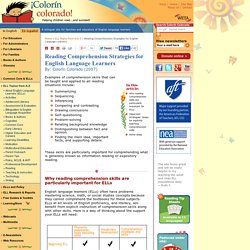
Linguistic_scaffolding_strategies_for_ells.pdf. Rieger_A._and_McGrail_E.__2006.__Understanding_English_language_learne. DYSA African American English (or Ebonics) in the classroom. The Power of Get Lit - "Let There Be Light!" 3 Girls Got On National Television And Told The Not-So-Pretty Truth About America. Fearless. In an amazing — no really, AMAZING — spoken-word performance on "The Queen Latifah Show," teenagers Belissa Escobedo, Rhiannon McGavin, and Zariya Allen got real about America and a lot of the harsh realities facing their generation.

Click image to Zoom Their main point? Kids learn more from the behavior, laws, and values demonstrated in the culture and society around them than they will ever learn from a standard curriculum. Words Ignite – increasing teen literacy through classic and spoken word poetry. Afrikan Djeli - Hieroglyphics for Babies. General vocabulary - social structures transitions war. Introduction-to-wordle.pdf. AWL Sublists - exercises & sublists. Setting up a Reggio-inspired Activity. Reggio inspired activities are about exploration and discovery; exploring with their senses, asking questions, testing theories, making plans and thinking deeply.
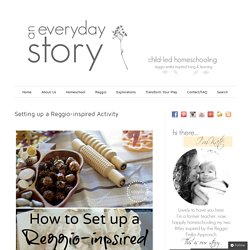
Setting up a Reggio-inspired Activity. Ashford University Library. Reading Coach: The Face of Effective Vocabulary Instruction. By Cathy Puett Miller Did you know that, according to researchers Beck, McKeown, and Kucan, (Bringing Words to Life: Robust Vocabulary Instruction) student vocabulary should increase by 2,000-3,000 words a year -- and that about 400 of those words should be taught directly?
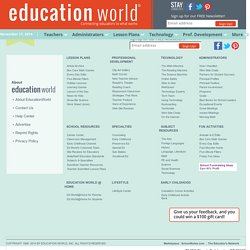
Or that assigning rote rehearsal -- students reviewing words and definitions repeatedly until they can recite them verbatim -- is the least effective way to directly teach vocabulary? Or that asking students to look up definitions isn't much better; it just skims the surface. Which activities, then, do effectively build vocabulary? Basal reading programs and language arts curriculum often provide research-based vocabulary activities. Conversations about words build word consciousness, individual word knowledge, and word strategies -- three effective vocabulary instruction skills advocated by professor of literacy education Michael Graves (The Vocabulary Book). Ashford University Library. Teacher education from an African perspective / Asa G. Hilliard » onlineJournal.
Teacher education from an African-American perspective, by Asa G.

Hilliard, III Fuller E. Callaway Professor of Urban Education; Georgia State University/ Atlanta, GA 30033 (1995) The African continent was the home of the original human population. For nearly 100,000 years, Africa was home to the only human population (Homo sapiens sapiens) on the earth (Diop, 1991). Visualizing: Reading Comprehension Advice for Teachers. Page 1 of 2 What Is It?

Visualizing refers to our ability to create pictures in our heads based on text we read or words we hear. It is one of many skills that makes reading comprehension possible. Why Is It Important? Visualizing strengthens reading comprehension skills as students gain a more thorough understanding of the text they are reading by consciously using the words to create mental images. Visualizing: Follow the Drinking Gourd. This lesson is designed to establish the skill of visualizing for primary students, using the story Follow the Drinking Gourd by Jeanette Winter.
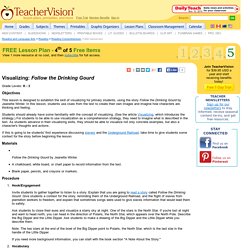
In this lesson, students use clues from the text to create their own images and imagine how characters are thinking and feeling. Students should already have some familiarity with the concept of visualizing. (See the article Visualizing, which introduces the strategy.) Specialedpositionpaper021312.pdf. Martin Delany, “Father of Black Nationalism and "Friend and Rival of … Miscue analysis. Studies[edit] Miscue analysis procedures include the collection and examination of a single and complete oral reading experience followed by a retelling.
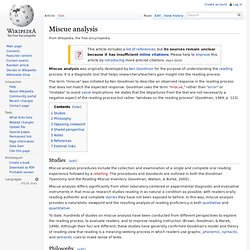
Whole language. Overview[edit] Whole language is an educational philosophy that is complex to describe, particularly because it is informed by multiple research fields including but not limited to education, linguistics, psychology, sociology, and anthropology (see also Language Experience Approach).
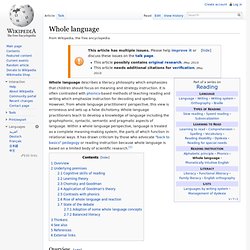
Several strands run through most descriptions of whole language: Underlying premises[edit] Analytical phonics. Analytical phonics refers to an approach to the teaching of reading in which the phonemes associated with particular graphemes are not pronounced in isolation.
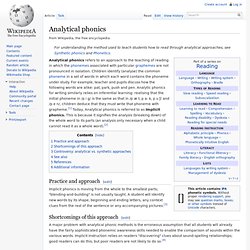
Children identify (analyse) the common phoneme in a set of words in which each word contains the phoneme under study. For example, teacher and pupils discuss how the following words are alike: pat, park, push and pen. Analytic phonics for writing similarly relies on inferential learning: realising that the initial phoneme in /p i g/ is the same as that in /p æ t, p a: k, p u ƒ/ and /p e n/, children deduce that they must write that phoneme with grapheme.[1] Today, Analytical phonics is referred to as Implicit phonics. Synthetic phonics. Synthetic phonics (UK) or blended phonics (US), also known as inductive phonics,[1] is a method of teaching reading which first teaches the letter sounds and then builds up to blending these sounds together to achieve full pronunciation of whole words. This article relates to the English language only. Synthetic phonics methodology[edit] Synthetic phonics teaches the phonemes (sounds) associated with the graphemes (letters) at the rate of about six sounds per week.
Reading (process) Miss Auras by John Lavery, depicts a woman reading a book. Reading is a complex cognitive process of decoding symbols in order to construct or derive meaning (reading comprehension). It is a means of language acquisition, of communication, and of sharing information and ideas. Like all language, it is a complex interaction between the text and the reader which is shaped by the reader’s prior knowledge, experiences, attitude, and language community which is culturally and socially situated.
The reading process requires continuous practice, development, and refinement. In addition, reading requires creativity and critical analysis. Other types of reading are not speech based writing systems, such as music notation or pictograms. Guided reading. Guided reading is 'small-group reading instruction designed to provide differentiated teaching that supports students in developing reading proficiency'.[1] The small group model allows children to be taught in a way that is intended to be more focused on their specific needs, accelerating their progress.
Introduction[edit] Guided reading is a method of teaching reading, common in England and Wales through the influence of the National Literacy Strategy (later superseded by the Primary National Strategy). It remains recommended practice in some authorities,[2] this is despite discontinued hosting and support of the Primary National Strategy from the United Kingdom's Department for Education.[3]
W.E.B. Du Bois: A Biography « Virginia Hamilton - America's most honored writer of children's literature. Outspoken, militant, profoundly committed to nothing less than full equality, W.E.B. Du Bois was the single most important intellectual leader of the twentieth century in the fight for civil rights for African Americans everywhere. Yet, for many years, he was largely ignored by the majority of Americans. In a book that is both an honest and compelling account of his life and a searching history of the black experience in the United States, Virginia Hamilton examines the reasons for this neglect and the enormous influence Dr.
Creator of Award-Winning Books for Children. UNCLE JEDS BARBERSHOP (PAPERBACK) COPYRIGHT 1998 ALADDIN (Aladdin Picture Books): Margaree King Mitchell, James E. Ransome: 9780689819131: Amazon.com: Books. National Center for Youth Issues Home. Cook, Julia Julia Cook is one of today's most recognized authors among the school counselor community. A former elementary school counselor herself, Julia often used storybooks to help students gain valuable insights about themselves and others. She has authored 15 story and activity books and has received numerous awards, including the Association for Educational Publishing's Distinguished Achievement Award. Julia presents nationwide on bibiotherapy; how to become a published author; and improving interpersonal relationships. Click on one of the books below to learn more! Meeting kids' social, emotional & educational needs since 1983.
Folklore. Offices of the American Library Association. Traveling the World Through Picture Books. American Indian Youth Literature Award - American Indian Library Association. The American Indian Youth Literature Awards are presented every two years. American Indian Youth Literature Award - American Indian Library Association. Africa Kit. D is for Drinking Gourd: An African-American Alphabet Book. CCBC Recommended Books. Brown Baby Reads Nonprofit Organization. Brown Baby Reads Parent Page. Darnell Rock Reporting. CCBC Recommended Books. By Hyewon Yum. Childrens Literature: A Developmental Perspective. 1065 PS-Reading Coach - ps1065_reading_coach.pdf. Literary Theory: Marxism. Literary Theory: Feminism. Literary Theory: Post Colonial Theory.